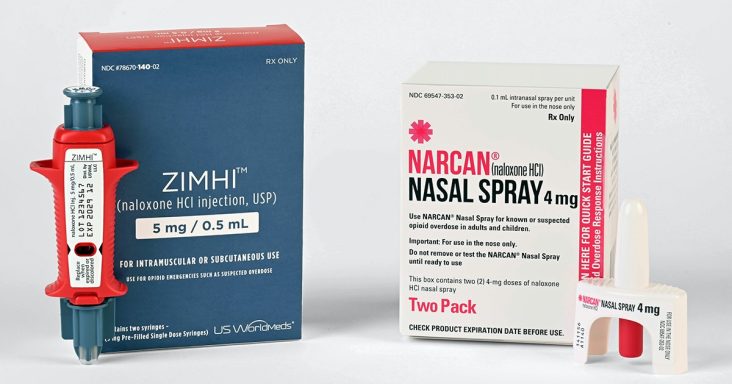ACHI analysis shows naloxone prescription fills statewide quadrupled in 1 year
by November 16, 2023 10:30 am 684 views

According to the Arkansas Center for Health Improvement (ACHI), prescription fills of naloxone in Arkansas quadrupled from FY 2021 to FY 2022, rising from 5,575 to 25,987.
According to the Centers for Disease Control and Prevention (CDC), naloxone is a life-saving medication that can reverse an overdose from opioids — including heroin, fentanyl, and prescription opioid medications — when given in time.
The increase followed the implementation of Arkansas Act 651 of 2021, which requires co-prescribing naloxone with high-dose opioids and in specific situations.
“Our legislators, health care providers, and advocates are working hard to combat the devastating impacts of the opioid epidemic in communities across the state, and we continue to support their efforts,” ACHI President and CEO Dr. Joe Thompson said. “The challenge before us remains significant, and there is more work to do to reduce the number of Arkansans dying from opioid overdoses.”
The number of Arkansans filling opioid prescriptions decreased by 35% in 2022 compared to five years earlier, dropping from 367,702 in 2017 to 238,440 in 2022.
Prescription fills of high-dose opioids (50 or more morphine milligram equivalents per day) decreased by 52% from 2017 to 2022, while fills of 90 or more MME per day decreased by 43% during the same period.
Opioid overdose deaths remain a significant problem in Arkansas, with 386 opioid-related deaths out of 637 drug overdose deaths in 2021.
Access to naloxone has expanded through FDA approval of an over-the-counter version and the enactment of Act 586 of 2023 in Arkansas, allowing easier access to naloxone.
The NaloxHome program, administered by ACHI, has distributed free naloxone to 47 participating hospitals across the state since its launch in May 2022.
The data analysis was conducted by ACHI using the Arkansas all-payer claims database for state fiscal years 2017 to 2022.
ACHI is a nonpartisan health policy center focused on improving the health of Arkansans through research, advocacy, and collaborative program development.
